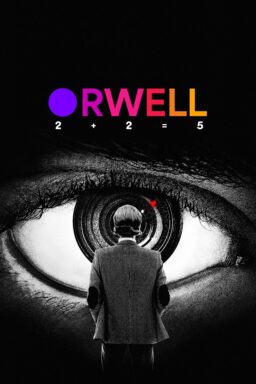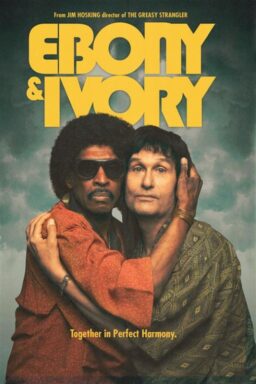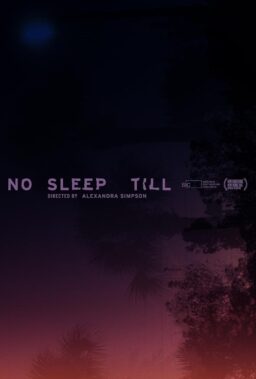
Opening shot: Above it all.

Second shot: A street in a neighborhood: Vallejo, CA – July 4, 1969. Music: “Easy to be Hard,” from “Hair.”
It’s probably the second shot of David Fincher’s “Zodiac” that you remember best: the linear, smooth-gliding traveling shot (out the passenger window from within the car that will be the site of the movie’s first “Zodiac Killer” murder) through a suburban neighborhood on July 4, 1969.

What is this boy running from — or to?
The first shot is a simple (if breathtakingly beautiful) aerial establishing shot, of the sort that will be used repeatedly to introduce timecoded segments throughout the rest of the movie. We won’t know it until the next shot, but the fireworks we see are exploding over Vallejo, CA. From above, we get a sense of the terrain — the bridge over the river, the cityscape stretching into the distance. Nobody in the movie gets to see this Big Picture this way. Everyone is limited to looking at events from ground level, trying to map out the larger view, one piece at a time, in their heads.

The kid approaches the car and his face appears in the (window) frame.

Same “kid,” last frame.
This is a movie about maps, about time and place and getting from one point to another and how long it takes to get there and whose jurisdiction events fall within. It is, as I’ve written before, an analog movie set in an analog world. It is about, and made up of, an obsession with details — an investigation into our need as pattern-seeking animals to understand and make sense of the evidence we observe or uncover or have delivered to us by phone or mail or courier (but only rarely by fax). The Zodiac Killer proved elusive in large part because he didn’t stick to his patterns. In so doing, he sent police and newspapermen scurrying all over the map, and they kept losing him in the details. (See also: Hurdy Gurdys and Aqua Velvas: Misc. “Zodiac” fax….)

Noticing what is in front of one’s nose: “This can no longer be ignored. What is it?”

A typical “Zodiac” establishing shot, marking the temporal and geographical coordinates, as if putting a pushpin in a map of time and space: “September 14, 1972 – Santa Rosa, CA – Sunset Trailer Park – Space A-7.” What do all these details add up to?
The film’s other establishing shots may be aerial views or more conventional exteriors or wide-shot interiors, but they accomplish the same purpose: to place the next piece of action in a particular time and place in relation to the previous one. The movie’s second shot — from the street, but with glimpses of the fireworks overhead connecting it to the first — shows a neat row of subdivision houses. The parallel motion of the camera emphasizes the geometric orderliness of the setting, but there are glimpses of life in passing property as we glide by — but there’s also something a little creepy about them: a kid entering a house, a girl with a sparkler, a cone fountain (“CAUTION: Emits shower of sparks”) erupting in a front yard, a man with a Weber, a family congregating in the rear of a driveway/alley…. The shot ends when the camera stops in front of a house and a boy runs from the front steps, down the sidewalk, and into view from the driver’s POV. His face, framed in the car window, the first we see clearly in the film, will also be the last shot in the movie. That will be years later, and this boy will be a different person. “Zodiac” traces the distance from this face to that one. His face is one of the movie’s maps or cryptograms.










